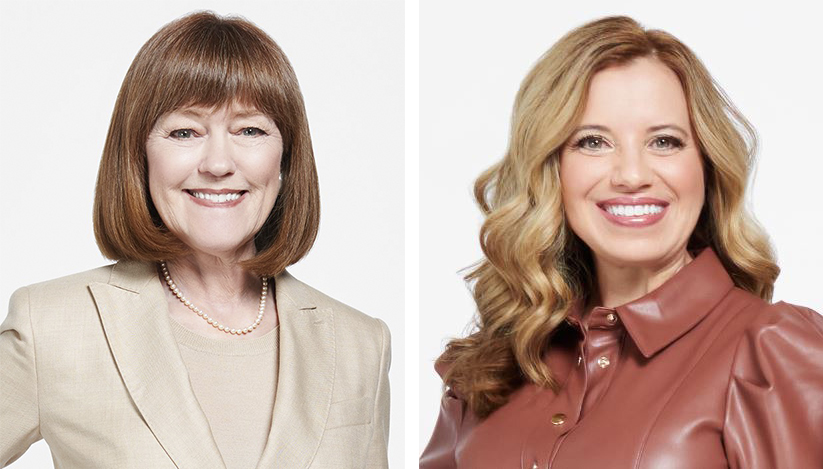Aim High
Forrest began researching historic hotels around the world and who owned them. She sat down and wrote letters to the owners of fifty hotels, and followed every letter with a phone call, which resulted in some thirty positive responses.
One such query was to Robert DeMone, president of Canadian Pacific Hotels at that time. “When I called, his assistant answered, I explained who I was, and she said, ‘Mr. DeMone would like to see you, if you could come on this day or this day.’” Forrest immediately booked a flight to Toronto.
It turned out Mr. DeMone had previously been president of another division of Canadian Pacific Hotels, and wanted to become an expert on luxury historic hotels, so he promised himself he would learn as much as he could within his first six months in office. When Forrest visited, instead of the half-hour meeting scheduled, they talked for two hours.
Mr. DeMone told Forrest, “We are embarking on so many renovation projects across Canada, we want to invest money back into these landmark properties, but none of the architects or designers who are currently working on our projects has contacted me to introduce themselves.”
“That was a lesson that stayed with me through my career,” says Forrest, who soon received a request for proposal to renovate the Canadian Pacific (now Fairmont) Empress Hotel in Victoria, British Columbia, which she and her tiny firm won in 1987. When the renovation was just beginning and the entire team met, the lead architect pulled Forrest aside and said, “Anything you want to do needs to come through me, no one else.”
Forrest gave him a steely look in the eyes and said, “Are you going to be signing my checks?” He also wanted her to paint the classic Victorian hotel all white, a request Forrest, who is known for her keen sense of color, dismissed for this top-to-bottom renovation. The Empress closed for nine months in 1988 and reopened to rave reviews in 1989. “It was such a fast-tracked project, there was barely time to breathe. They had two to three crews per day toward the end,” she says. (Forrest has since refreshed and updated various areas of the hotel, including renovating the guest rooms and suites twice, the public areas once with a subsequent refresh, and adding a spa.)
“My relationship with Canadian Pacific was so direct and close for the first ten years, I felt almost a part of their company. Our relationship revolved around trust and respect,” she says.
“My philosophy is, creating relationships and doing good work is a way to get more work,” Forrest says. “It has to be a mutually respectful relationship.”
After the completion of The Empress, Forrest found herself still facing a weak economy in the United States, so she continued searching for international work. She renovated the historic SAS Palais Hotel in Vienna, and several suites in The Berkeley Hotel in London. As economic conditions improved in the 1990s, she began developing a portfolio in the U.S., and ultimately joined forces with architect Stephen Perkins to form ForrestPerkins in 1998. Forrest assumed full ownership of ForrestPerkins in 2012, and Perkins established his own firm. In 2016, ForrestPerkins became a distinct design studio of Perkins Eastman (no relation). ForrestPerkins, a leader in the global hospitality industry, now features an award-winning portfolio with hundreds of hotels ranging from historic to modern, as well as many multi-residential and senior living housing designs.



